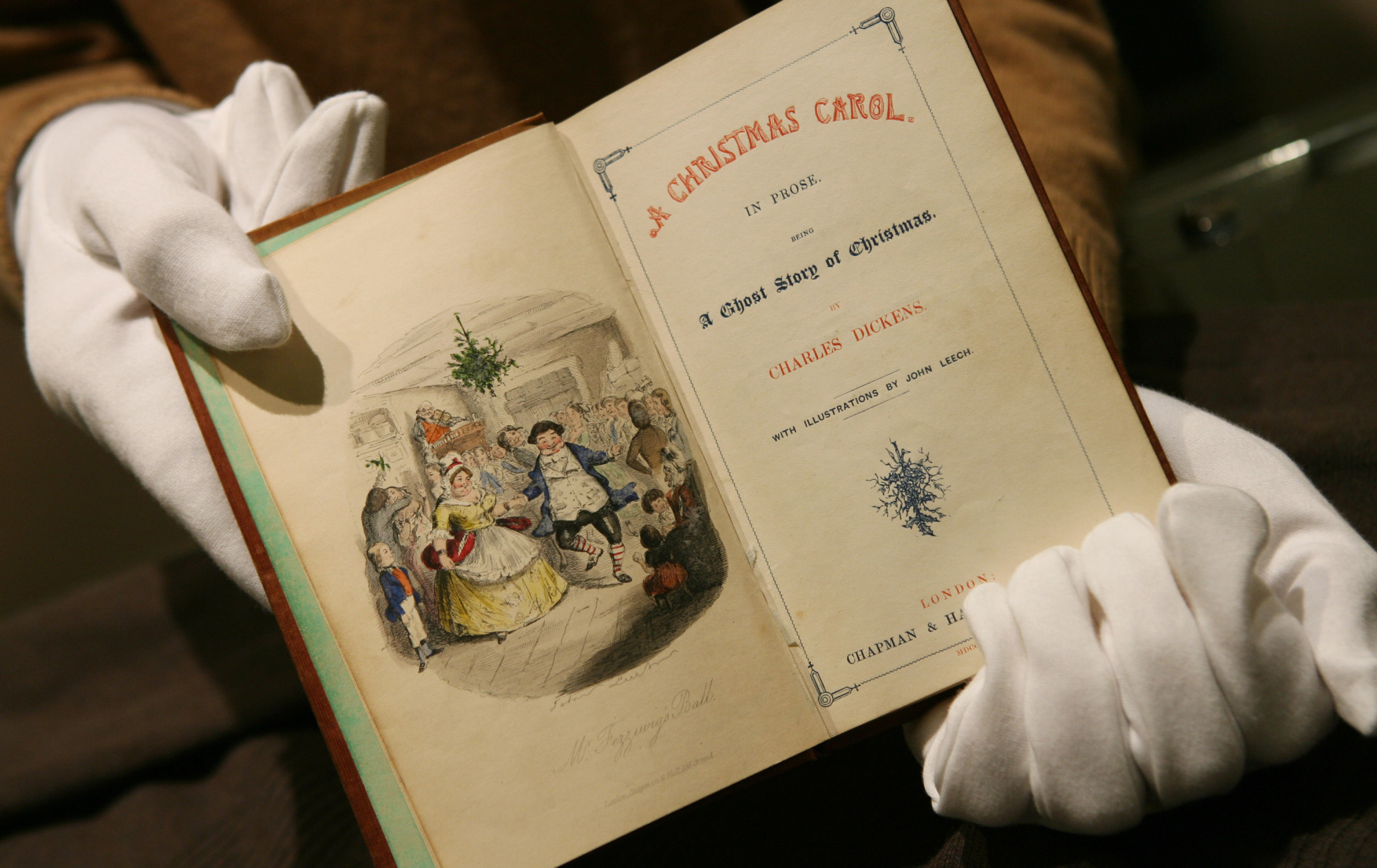Charles Dickens wrote "A Christmas Carol" in 1843 in part because he was appalled at the living conditions of England's urban poor, especially after a visit that September to a so-called Ragged School for London slum children. But he also wrote it because he needed money. His sixth novel, "Martin Chuzzlewit," was not selling well, relatives were hitting him up for loans, and he was having trouble making the rent payments on the big London house he had moved his family into a few years earlier.
The book took Dickens only six weeks to finish, and the money flowed soon after. "A Christmas Carol in Prose: Being a Ghost Story of Christmas" was published Dec. 17, and its first print run of 6,000 copies had sold out by Christmas Eve. Within weeks there were eight different stage adaptations playing in London. Seven were unauthorized, though, and pirated editions of the book circulated widely as well. "A Christmas Carol" was a hit, and it enabled Dickens to pay his bills, but it wasn't quite the cash cow it would be in an age of strictly enforced copyright laws.
So the next year, Dickens tried to recapture the magic with another Christmas novella, "The Chimes: A Goblin Story of Some Bells That Rang an Old Year Out and a New Year In." In 1845 he wrote another, "The Cricket on the Hearth: A Fairy Tale of Home," and in 1846 yet another, "The Battle of Life: A Love Story." After a one-year break came 1848's "The Haunted Man and the Ghost's Bargain."



